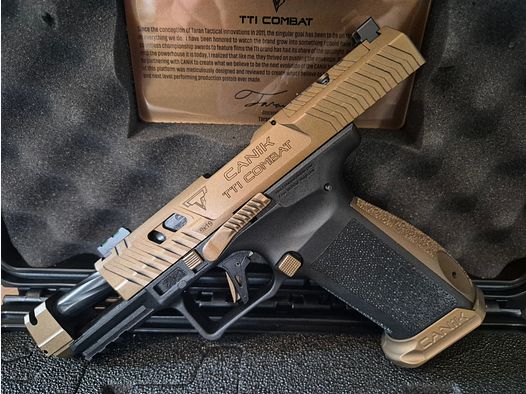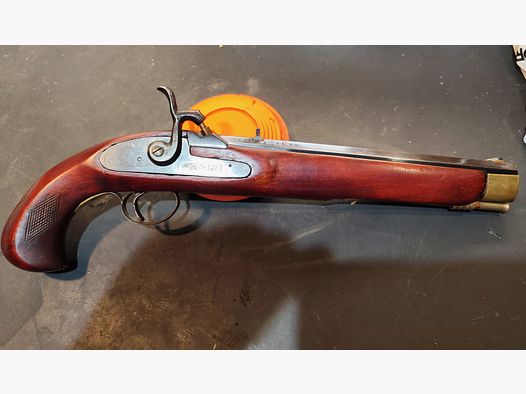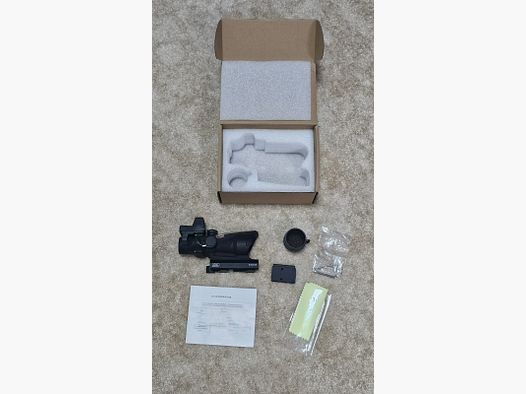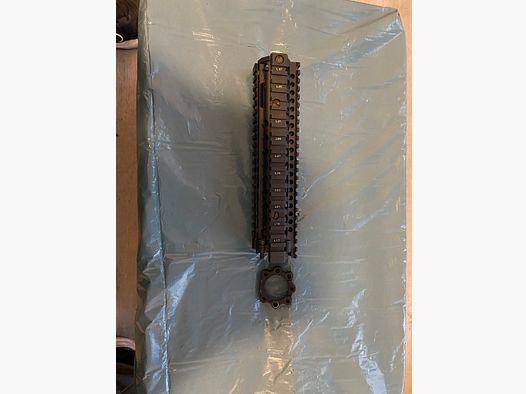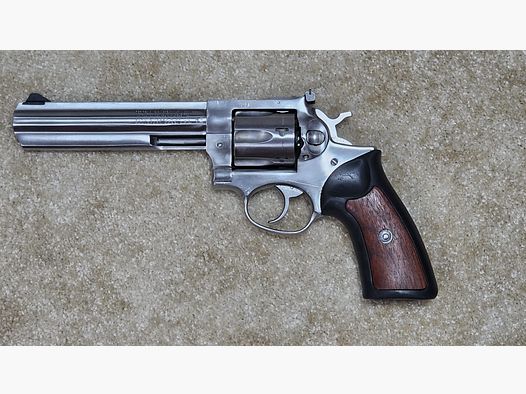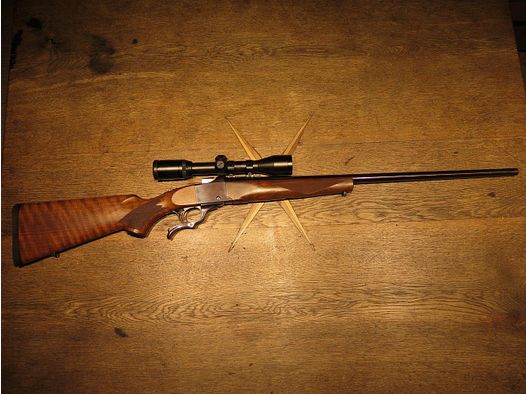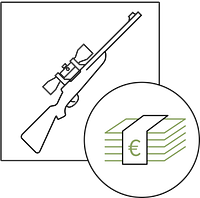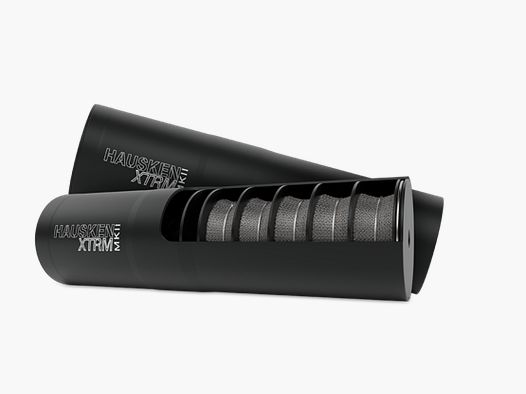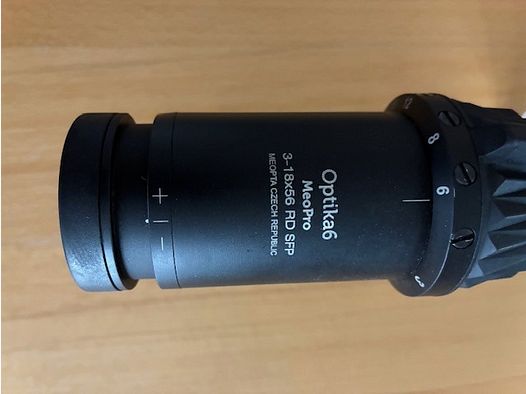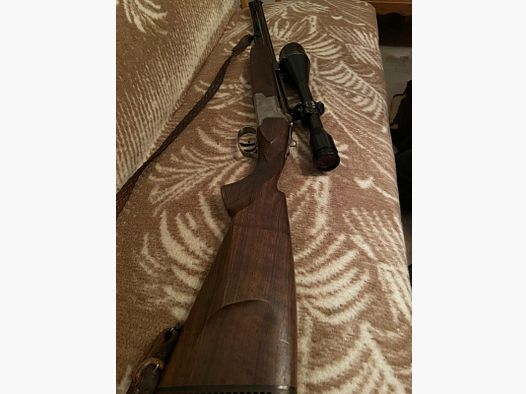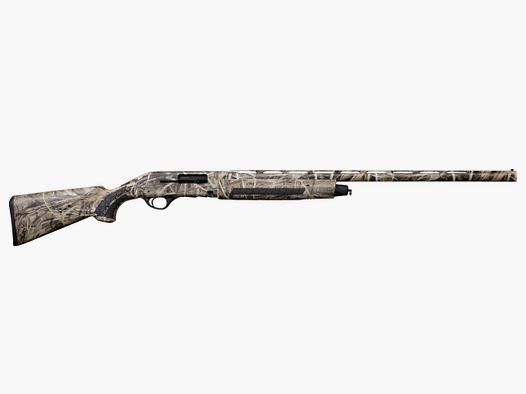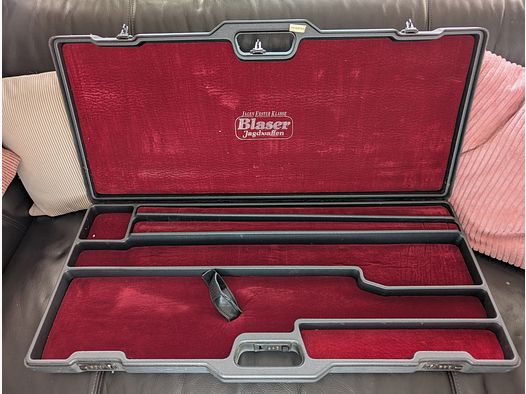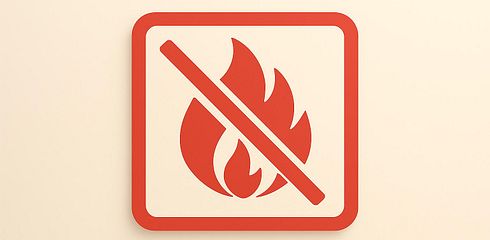Transporting ammunition on an airplane can be complicated, but with the right preparation, you can avoid problems and legal consequences. Here is a brief overview of the most important points:
- Maximum Amount: Up to 5 kg of ammunition per person in checked baggage.
- Packaging: Use approved, sturdy containers (e.g., made of metal or hard plastic) with safety locks and clear labeling.
- Documents: You will need, among other things, a firearms license, a European Firearms Pass (for EU travel), and an airline declaration form.
- Observe Laws: Inform yourself about the regulations in departure, transit, and destination countries.
- Contact Airline: Clarify the specific rules of your airline well in advance.
Important Tips:
- Firearms and ammunition must always be transported separately.
- Notify the airline about the ammunition in advance.
- Allow enough time for check-in and customs clearance.
By following these steps, you ensure that the transport goes smoothly and safely. Read on to learn all the details and regulations.
Legal Requirements
German and EU Laws
The transport of ammunition on an airplane is regulated by the Weapons Act (WaffG) §12.
Important regulations:
- Maximum of 5 kg of ammunition per person without special permission
- Transport only in checked baggage
- Use of approved, sealed containers (according to DIN/ISO standards)
- Prohibition of explosive, incendiary, and armor-piercing ammunition
For flights within the EU, the EU Firearms Directive 2021/555 applies, which ensures uniform regulation. This directive requires the submission of certain documents.
Required Documents
| Document | Purpose | Processing Time |
|---|---|---|
| Firearms License/Hunting License | Proof of authorization | Already available |
| European Firearms Pass | Travel within the EU | 4–6 weeks |
| Airline Declaration Form | Notification to the airline | At check-in |
| BAFA Approval | Travel to non-EU countries | 2–3 weeks |
Legal Penalties
- Fines of up to €10,000 for improper packaging
- Seizure of improperly declared ammunition stocks
- Prison sentences of up to 5 years for serious violations
For example, in 2023, the Munich District Court imposed a fine of €4,500 for undeclared 9mm cartridges.
Special Permits for Larger Quantities of Ammunition
- Application to state authorities
- Processing time: 6 weeks
- Fees: €100–300 (standard) or €500–800 (expedited procedure)
Airline Rules
Ammunition Quantities
The allowed amount of ammunition depends on the regulations of the respective airline. It is important to inform yourself in advance about these provisions, as they can also affect the registration process.
Booking Process
Clarify in advance whether you need to declare ammunition. Find out what documents are required and whether additional fees may apply.
Prohibited Items
Check which types of ammunition are classified as dangerous by the airline or authorities and are therefore prohibited.
Packaging Guidelines
Approved Containers
For the safe transport of ammunition on an airplane, approved, lockable containers are essential. Suitable are sturdy containers made of hard plastic or metal. These must meet the following requirements:
| Requirement | Specification |
|---|---|
| Wall Thickness | At least 2 mm steel sheet or comparable material |
| Padding | 5 cm foam on all sides |
| Closure | Two separate, lockable safety locks |
| Stability | Shape-retaining under normal handling |
Storage of Ammunition
According to German aviation law (§ 11 LuftSiG) and EU regulation (EC 185/2010), firearms and ammunition must be transported separately. Note the following:
- Maximum 5 kg gross weight per person in the original packaging. This should be in a lockable additional container and equipped with internal dividers and foam inserts. Absorbers can be used for additional protection against moisture.
A report from the Federal Aviation Office (LBA) in 2023 showed that 37% of delays were caused by inadequate labeling of containers. Therefore, proper labeling of the container after proper storage is essential.
Labeling of Packaging
To avoid misunderstandings, the following information should be clearly visible on the packaging:
- “Ammunition” in 2 cm high letters
- Full name and contact details
- Exact quantity and caliber (e.g., “200 rounds 9×19mm”)
- Warning: “Caution: Ammunition – Do Not Throw!”
- UN number (0012/0014) and hazard class 1.4S in at least 12 mm font size
For additional safety, pre-printed labels can be used. Although ammunition remains stable in the temperature range of –40 °C to 60 °C, sufficient moisture protection should always be ensured.
Airport Procedures
Check-in Process
The check-in for ammunition takes place at the special baggage counter. There, you declare your baggage, present all original documents, and go through security screening. Ensure that all ammunition details are correctly recorded. Also, inform yourself about the deadlines of your airline to avoid delays.
Customs Clearance
Customs clearance consists of two main steps:
- Export Control: Here, the quantity of ammunition, the UN-compliant labeling, and the condition of the packaging are checked.
- Accompanying Documents: If necessary, an electronic accompanying document is issued, which must be carried throughout the transport.
Travel Regulations within the EU
The following rules apply to the transport of ammunition in the EU:
- In the Schengen Area: Customs formalities are simplified.
- Outside of EU/Schengen: Additional import and export permits are necessary.
These steps ensure that the transport of ammunition complies with regulations. In the next section, you will find a concise summary of the most important regulations.
sbb-itb-1cfd233
Safety of Ammunition During Transport and Storage
Regulation Overview
The regulations for transporting ammunition on an airplane vary by airline and region. It is important to inform yourself in advance directly with the airline about requirements such as packaging, documentation, and allowed quantities.
Important Points:
- Ammunition must always be transported separately from firearms.
- Ensure that only approved packaging is used.
- Notify your airline early about the planned shipment of ammunition.
- Document the condition of the packaging with photos to be prepared for possible inspections.
These tips will help you comply with your airline's requirements and ensure a smooth process at the airport.
Conclusion
Here are the most important steps to transport ammunition safely and in compliance with regulations on an airplane:
Preparation and Documentation:
- Contact the airline early to clarify the current regulations and ensure that all required documents are complete.
- Obtain approved transport containers that meet legal requirements.
- Allow enough time for check-in and customs clearance.
Packaging and Transport:
- Use only tested and securely closed containers.
- Label the packaging according to regulations.
- Always transport ammunition and firearms separately.
At the Airport:
- Go directly to the special baggage counter.
- Have all necessary documents ready.
- Follow the instructions of the staff during check-in and customs clearance.
Adhering to these regulations is essential, as violations can have serious legal consequences. With thorough preparation and this checklist, the transport will be safe and trouble-free.
Extra Tip: Take photos of the packaging before check-in. This way, you are well-prepared for any inspections.
FAQs
What regulations apply to the transport of ammunition to countries outside the EU?
The regulations for transporting ammunition to non-EU countries can vary significantly depending on the destination country. It is important that you inform yourself in advance about the specific regulations of the respective country. This includes customs regulations, import permits, and the requirements of the airline.
Additionally, you should ensure that the transport complies with the requirements of the TSA (Transportation Security Administration) and the respective airline. Airlines often require that ammunition be transported in a stable, sealed package in checked baggage. It is best to contact both the airline and the relevant authorities of the destination country to ensure that you comply with all regulations.
How do you check if your transport containers for ammunition comply with legal requirements?
To ensure that your transport containers meet legal requirements, you should check the regulations of the TSA as well as the specific rules of your airline. These provide clear guidelines on the size, material, and safety standards of the containers.
Make sure that the container is made of a sturdy, lockable material and that the ammunition is securely stored. Also, inform yourself about the German laws that regulate the transport of ammunition so that you are safe both nationally and internationally. If in doubt, your airline or an expert in weapon transport can assist you.
What common mistakes occur when transporting ammunition on an airplane and how do you avoid legal problems?
Common mistakes when transporting ammunition on an airplane include:
- Incorrect or insufficient packaging: Ammunition must be transported in a sturdy, shatterproof package that is specifically designed for ammunition.
- Exceeding the allowed quantity: There are strict limits on the maximum amount of ammunition you may carry. This varies by airline.
- Incorrect declaration: Ammunition must be correctly declared as hazardous goods to avoid misunderstandings or legal issues.
- Ignoring airline regulations: Each airline has its own rules for transporting ammunition that you should check and comply with in advance.
To avoid legal consequences, inform yourself early about the airline's regulations as well as the security guidelines, e.g., from the TSA or other national authorities. Careful preparation is key!




